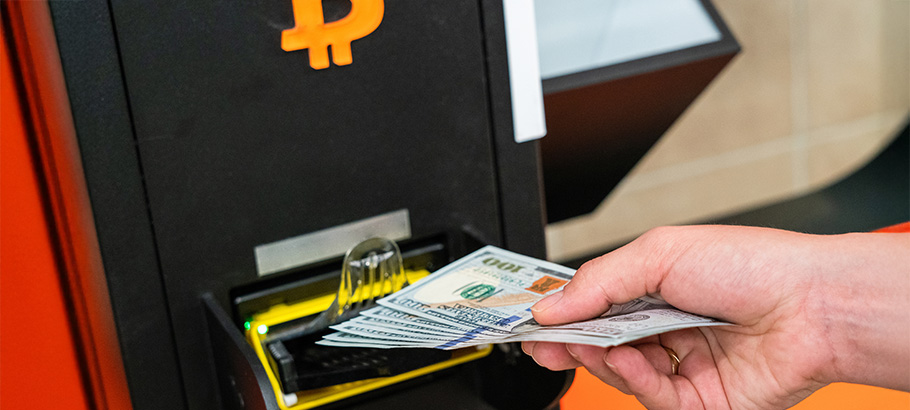Lost or Stolen Card? We’re Here to Help.
Don’t panic, we’ve got you covered! Life happens, wallets go missing, pockets have holes, and cards slip through the cracks. If your Kalsee card has been lost or stolen, we’re here to help you take quick action to protect your account and give you peace of mind. If your Kalsee debit or credit card has been lost or stolen, acting quickly is the best way to protect your account and prevent unauthorized use.
To report a lost or stolen card, call us immediately:
(866) 550-1671
Once reported, we’ll block your card to prevent further activity and help you get a replacement as soon as possible.
Already spotted suspicious activity?
Contact us at (269) 382-7800 right away—we’ll guide you through the next steps, including dispute resolution and account monitoring for added security. Your peace of mind and financial security are our priority.
Protecting You from Fraud: Real-Time Security Alerts
Kalsee is committed to providing our members the best fraud-fighting tools to strengthen our defenses and help our members take immediate action against fraud. Should we identify suspicious transactions on your account, we will attempt to contact you about the activity via SMS text, phone, or email to determine if a transaction was authorized.
Please remember that we will never ask for account information, passwords, or other sensitive information via these unsecure channels. Our SMS text fraud alerts only require a simple yes (Y) or no (N) reply. If you aren’t certain if the message is authentic, please contact us at (269) 382-7800 to learn more.
Pro Tip:
FAQs
A text message and/or pre-recorded voice call may be sent to your mobile device when there is a suspicious transaction(s) identified. Simply reply to the text to confirm whether or not you recognize the transaction(s). If you do not recognize the transaction(s), you will receive a text asking you to call 888-918-7313 for further assistance. There will be a block placed on your card to protect you from further fraud until you call us. If you reply to the text that you recognize the transaction(s), your card will remain available for use.
If you do not reply to the text within 30 minutes, a pre-recorded voice call may be attempted to your mobile device and home number listed on your account. If you receive a pre-recorded call, please listen to the prompts provided to review and respond to the validity of each transaction that is presented during the call. An email will also be sent to the address on file to confirm transactions on the account. You can also call us at any time to validate the transactions or if you have any concerns about the message you received.





